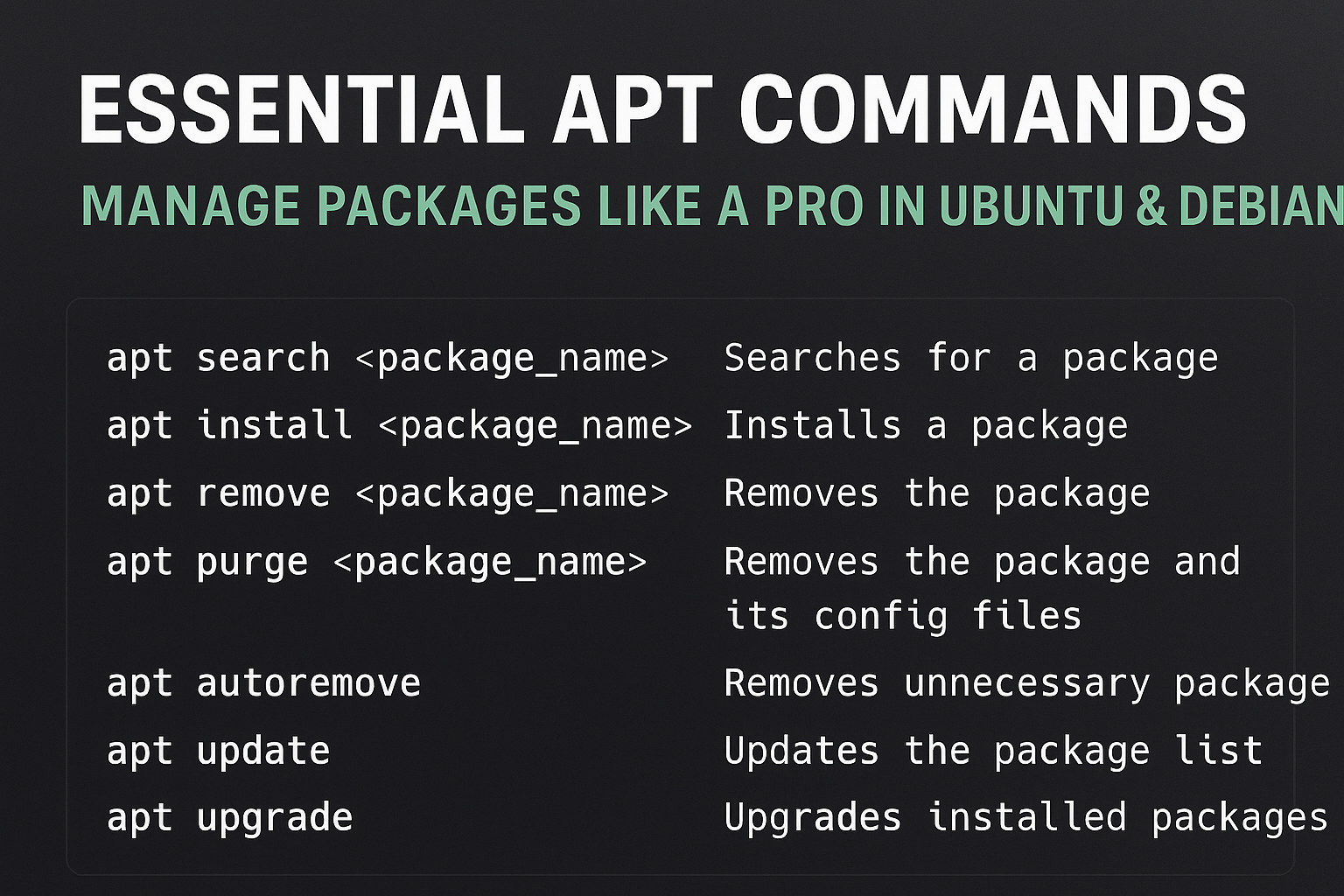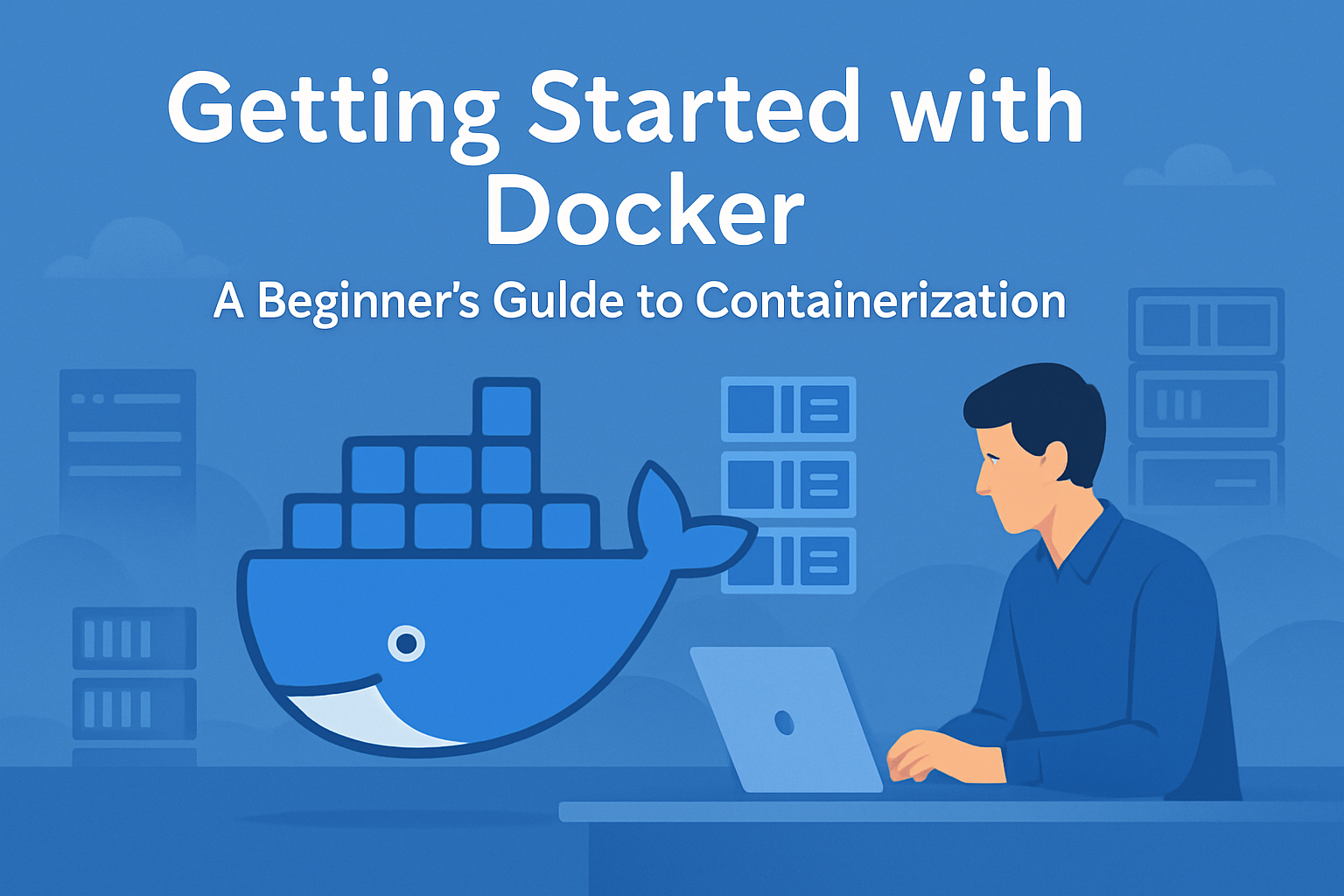YAML (short for “YAML Ain’t Markup Language”) is used widely across many technologies like Docker, Kubernetes, GitHub Actions, Ansible, Airflow, and CI/CD pipelines , to define configurations in a human-readable and structured way.
What is YAML?
YAML is a data serialization format, it’s used to represent data in a structured way (like JSON or XML), but much simpler and easier to read.
It’s indentation-based, meaning spaces define structure, not curly braces {} or square brackets []
Basic YAML Syntax Rules
Here are the core rules you must always remember:
| Concept | Description | Example |
|---|---|---|
| Indentation | Use spaces, not tabs. Usually 2 spaces per level. | key: (2 spaces indentation for nested data) |
| Key-Value Pairs | Define data as key: value. | name: Amrit |
| Strings | Usually no need for quotes unless it contains special characters. | city: Kathmandu |
| Lists (Arrays) | Represented using - (dash and a space). | fruits: <br>- apple<br>- banana |
| Dictionaries (Objects) | Use indentation to define nested structures. | person:<br> name: Amrit<br> age: 25 |
| Comments | Start with #. | # This is a comment |
| Booleans | Lowercase true / false. | is_active: true |
| Null Values | Use null or ~. | middle_name: null |
YAML vs JSON Example
Both define the same structure, but YAML is cleaner:
JSON
{
"person": {
"name": "Amrit",
"age": 25,
"skills": ["Python", "Django", "Odoo"]
}
}YAML
person:
name: Amrit
age: 25
skills:
- Python
- Django
- OdooNotice how YAML avoids braces {} and commas ,. Indentation defines hierarchy.
Advanced YAML Features
1.Nested Dictionaries (Objects)
server:
host: localhost
port: 8080
credentials:
username: admin
password: secret2.Lists of Dictionaries
employees:
- name: Amrit
role: Developer
skills:
- Python
- Odoo
- name: Pragya
role: HR
skills:
- Communication
- Management3.Multi line string
description: |
This is a multi-line
text block. All newlines
are preserved.
summary: >
This is a folded block.
Newlines are replaced
with spaces.|? keeps newlines>? folds them into a single line
4.YAML in Real Projects (Practical Examples)
Example: Docker Compose (docker-compose.yml)
version: "3.8"
services:
web:
image: nginx:latest
ports:
- "8080:80"
app:
build: .
depends_on:
- db
db:
image: postgres:13
environment:
POSTGRES_USER: user
POSTGRES_PASSWORD: passExample: GitHub Actions Workflow (.github/workflows/deploy.yml)
name: Deploy to Server
on:
push:
branches:
- main
jobs:
deploy:
runs-on: ubuntu-latest
steps:
- name: Checkout Code
uses: actions/checkout@v3
- name: Run Deployment Script
run: |
echo "Deploying application..."
./deploy.sh
Tools to Help You Work with YAML
- Online YAML Validator: https://yamlchecker.com/
- VS Code Plugin: “YAML” (by Red Hat) — helps with autocomplete, linting, and validation.
- YAML ? JSON converter: Many online tools exist (useful for debugging).



